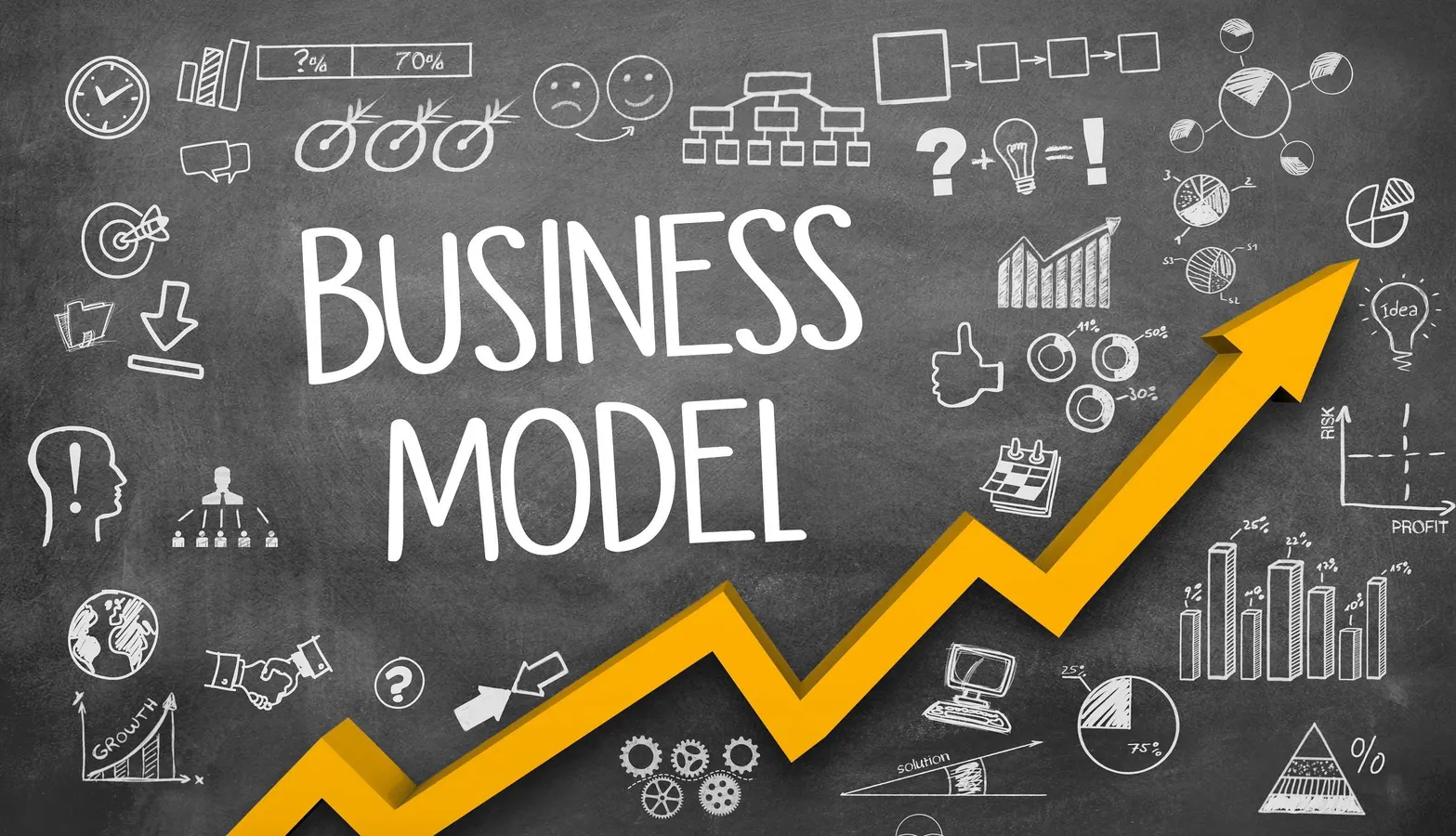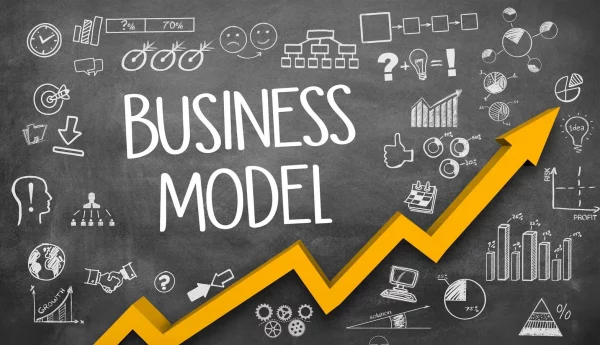Most new entrepreneurs when starting in business spend more time fantasizing about their product or service and the expected profit from them. They fail to take time to define the approach which their new business will take to ensure they can serve the needs of their customers profitably and sustainably. This simple act is known as Business Modelling. Designing a business model is one of the first crucial steps to take to ensure a successful start in business. As an entrepreneur, a well-thought-out business model is important to navigate the challenges and opportunities within your target market.
Read more about Business
In this article, we will consider what a business model is, why it’s important, and provide a step-by-step approach to creating one for your business.
What Is a Business Model?
A business model is a conceptual framework that explains how a company creates, delivers, and captures value. It is essentially the blueprint of how your business will operate and make money. It lays out the products or services you will offer, the target market, and the strategies you will employ to attract and retain customers.
A business model encompasses everything from the initial idea of what your business will offer to how you will sustain and grow your venture. Think of it as the overall strategy that ties together your products, market, operations, and revenue streams. For more detailed insights,
Why a Business Model Is Important
Creating a business model is not just a formality; it is a vital tool that can determine the success or failure of your business. According to Joan Magretta, business models are “at heart, stories — stories that explain how enterprises work. A good business model answers Peter Drucker’s age-old question, ‘Who is the customer? And what does the customer value?’ It also answers the fundamental questions every manager must ask: How do we make money in this business? What is the underlying economic logic that explains how we can deliver value to customers at an appropriate cost?”
Below are a few more reasons why a business model is important:
- One of the important things that a business model does for you is that it helps you clarify your business idea and focus on what is essential for your success.
- If you’re going to get Investors to commit funds to your business, they will need to understand how your business will make money. A clear business model can make your business more attractive to potential investors.
- A business model helps in strategic planning and decision-making, ensuring all aspects of your business are aligned.
- By understanding your business model, you can better anticipate risks and develop strategies to mitigate them.
Steps to Creating a Business Model
a) Define Your Value Proposition
Your value proposition is the promise of value that you will deliver to your customers. It answers the question, “Why should customers choose your product or service over all others available to them in the market?” For example, Paystack’s value proposition is to simplify the payment process for businesses, offering a quick and reliable solution to manage transactions.
b) Identify and Define Your Target Market
Every business is set up with a specific demography in mind. As an entrepreneur, understanding your target market is crucial for tailoring your products or services to meet their needs. To do this effectively, you’ll need to conduct market research to identify who your customers are, their preferences, and how your business can solve their problems. As a Nigerian business, you will need to consider factors such as regional differences, purchasing power, and consumer behaviour.
c) Define Your Revenue Streams
The next step is to determine how your business will make money. Will you sell products directly to consumers, will you offer one-off services, offer subscription services, or earn through advertising? For instance, PiggyVest, a Nigerian digital savings and investment platform, generates revenue through fees on certain transactions and investments.
Sign up for the Connect Nigeria daily newsletter
Patrick Healy writing for Harvard Business School Insights outlined 8 different models any new business can choose from:
-
Product
A product is a tangible item of value. To run a successful product-focused business, produce the item at a low cost while maintaining quality. Sell as many units as possible at a high price to maximize profit. Products can be physical or digital.
Pros: Many products can be easily duplicated, allowing for economies of scale after initial production costs.
Cons: Physical products need storage, which increases costs and the risk of damage or loss.
-
Service
A service involves offering assistance for a fee. Provide a skill to others that they either can’t or don’t want to do themselves. High-demand or unique skills can command higher prices.
Pros: You can charge a fair price for in-demand skills.
Cons: If your skill is common, it may not be as lucrative.
-
Shared Assets
A shared asset is a resource many people can use. For example, a gym buys equipment and charges membership fees. Balance customer volume with quality of experience to profit.
Pros: Provides access to assets people wouldn’t otherwise have.
Cons: Customers may not treat shared resources well, leading to higher maintenance costs.
-
Subscription
A subscription involves users paying a recurring fee for ongoing access to products or services. Build a subscriber base by providing consistent value while attracting new customers.
Pros: Predictable revenue streams and customer loyalty.
Cons: Requires strong business operations to consistently deliver value.
-
Lease/Rental
Leasing involves obtaining an asset and renting it out for a fee. The goal is to ensure rental revenue before the asset loses value exceeds the purchase price. Durable items are preferable for multiple rentals.
Pros: Can profit from renting assets to those unwilling to buy them outright.
Cons: Protect against unexpected damage to assets, potentially through insurance.
-
Insurance
Insurance transfers risk from the customer to the insurer in exchange for periodic payments. Insurers profit by accurately estimating risk and charging higher premiums than the claims paid out.
Pros: Potential for guaranteed profit if the risk is accurately calculated.
Cons: Difficult to predict specific event likelihoods; large-scale events can cause significant losses.
-
Reselling
Reselling involves buying an asset from one seller and selling it at a higher price to an end buyer. Retailers often purchase in bulk at a discount and sell individual items at a markup.
Pros: High mark-ups can lead to significant profit.
Cons: Requires access to quality products at low costs and space to store inventory.
-
Agency/Promotion
Agents market an asset they don’t own to interested buyers, earning a commission for facilitating the transaction. Success requires good connections and negotiation skills.
Pros: Profitable from expertise and industry connections.
Cons: Income depends on successful deals, creating uncertainty.
d) Develop Your Cost Structure
Identify the costs involved in operating your business. This includes fixed costs (rent, salaries) and variable costs (materials, marketing). Understanding your cost structure helps in pricing your products or services appropriately.
e) Establish Key Partnerships
Identify partners who can help you achieve your business goals. This could be suppliers, distributors, or technology partners. For example, partnering with local logistics companies can be crucial for e-commerce businesses in Nigeria to ensure the timely delivery of goods.
f) Define Customer Relationships
Outline how you will interact with your customers. Will you provide personalized services, self-service options, or automated support? Building strong customer relationships can lead to repeat business and brand loyalty.
g) Choose Distribution Channels
Distribution is an important part of any successful business. Decide how you will deliver your product or service to your customers. Will you use physical stores, online platforms, or a mix of both? In Nigeria, leveraging mobile technology can be particularly effective due to the high rate of mobile phone usage.
Tip
To help you create your business model, you can use a business model canvas, simply a template or tool that covers all the key areas of a business model in a single document. I have prepared a business model canvas you can download for free using this link
Register to attend the CN Business Mixer
Conclusion
Creating a robust business model is fundamental to the success of any business, particularly in the dynamic and diverse Nigerian market. This post has outlined the practical steps you can take to get this done for your business. By understanding your value proposition, identifying your target market, and establishing clear revenue streams, you can lay a solid foundation for your business. Remember, a well-defined business model not only guides your strategic planning but also makes your business more attractive to investors.
Got a suggestion? Contact us: [email protected]


